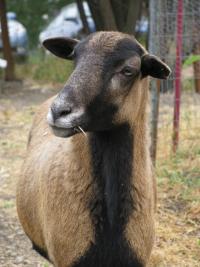Search Results (Searched for: )
- PCW

11 Jan 2025 21:57
Replied by PCW on topic Pulling out my hair trying to set up a spindle on 7i96
Pulling out my hair trying to set up a spindle on 7i96
Category: Basic Configuration
Time to create page: 0.451 seconds
